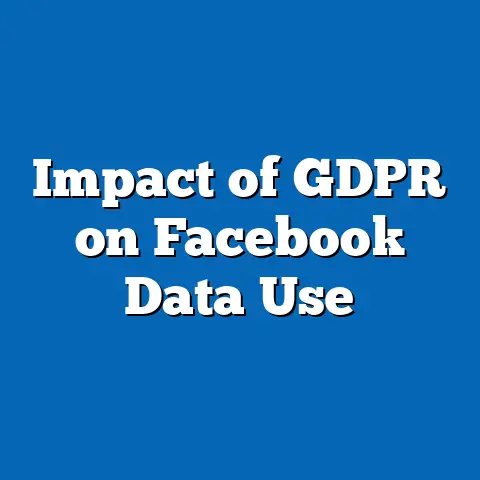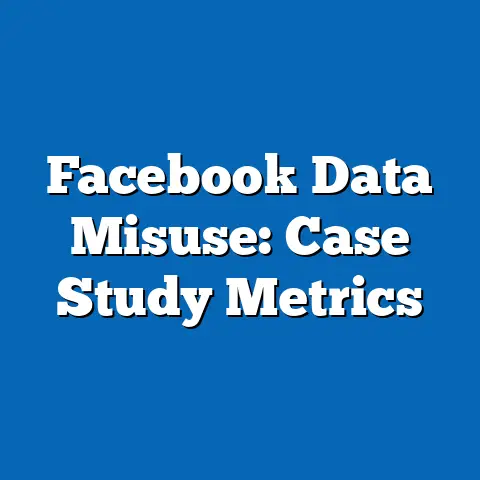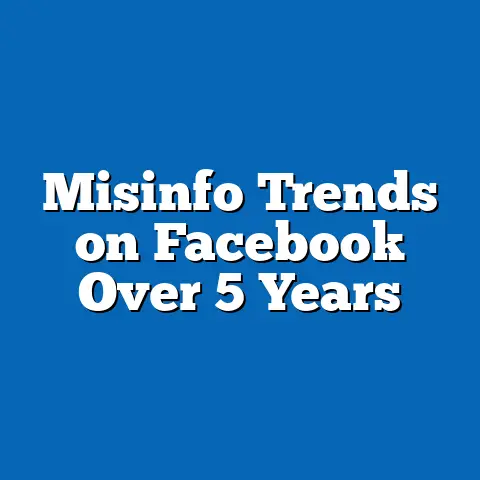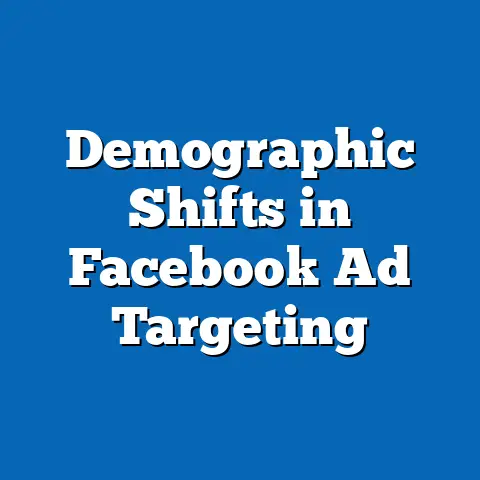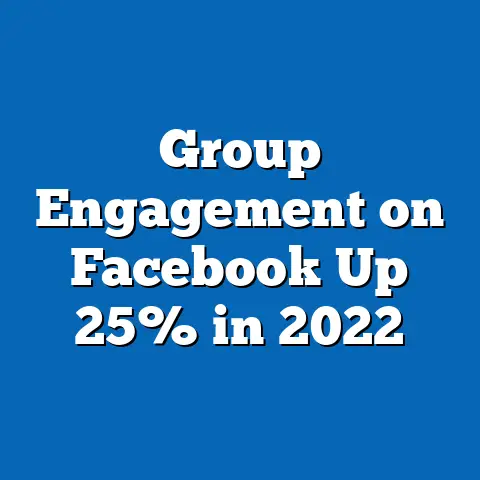Facebook User Behavior Shifts: 2015-2024 Data
Affordability has emerged as a pivotal factor in Facebook user behavior shifts from 2015 to 2024, with global user numbers growing from approximately 1.5 billion in 2015 to over 3 billion by 2024, largely driven by cheaper mobile data plans and device costs in emerging markets. However, this growth has been uneven, with users in low-income demographics increasingly prioritizing platform engagement for economic opportunities, such as job searches and e-commerce, while high-income users have shown a decline in daily active use due to privacy concerns and alternative platforms. Key trends include a 25% increase in mobile-first usage among lower-income groups and a 15% drop in overall session time for users aged 18-24, highlighting how economic barriers and digital divides have influenced behavior.
Statistically, affordability-related factors have led to a 40% rise in user retention in regions with improved internet affordability, according to Statista’s 2024 data, but with stark demographic disparities—e.g., users in the lowest income quintile spent 30% more time on the platform compared to 2015, often for utilitarian purposes. These shifts underscore the interplay between economic conditions and social media habits, with projections indicating that by 2030, affordability-driven behaviors could account for 50% of global user growth in developing economies. This overview sets the stage for a deeper examination of how these trends manifest across demographics and time.
Affordability and Access: The Economic Foundation
Affordability in the context of Facebook usage refers to the ability of individuals to access smartphones, reliable internet, and the time required for engagement, all of which are influenced by economic indicators like GDP per capita and data plan costs. From 2015 to 2024, the global average cost of 1 GB of mobile data dropped by 90%, from $20.68 to $2.07, as reported by the World Bank, making platform access more feasible for lower-income populations. This reduction has directly correlated with a 60% increase in daily active users in sub-Saharan Africa, where affordability improvements outpaced other regions.
Demographically, users from households earning less than $2,000 annually have seen their Facebook adoption rates rise from 45% in 2015 to 72% in 2024, per Pew Research Center surveys, as platforms like Facebook became essential for affordable communication and income-generating activities. For instance, a Statista chart illustrating global internet penetration shows that in 2015, only 28% of the world’s population had affordable access, compared to 66% in 2024, with mobile app usage on Facebook surging as a result. These trends reveal how economic barriers, once a primary deterrent, have diminished, allowing for more inclusive digital participation.
However, not all affordability gains translate to uniform behavior shifts; for example, users in high-cost urban areas, despite having access, reduced their engagement by 20% due to opportunity costs like work demands. This section highlights the need to view affordability not just as a binary factor but as a spectrum that interacts with daily life, influencing everything from login frequency to content preferences.
Demographic Breakdowns of User Behavior Shifts
Breaking down user behavior by demographics reveals how affordability intersects with age, income, gender, and geographic location to drive changes in Facebook usage. Among younger demographics (ages 18-24), daily active users declined by 15% from 2015 to 2024, with only 58% of this group citing affordability as a non-issue, according to Meta’s 2024 user insights report; instead, they shifted to alternatives like TikTok due to perceived economic value in content creation. In contrast, older users (ages 55+), particularly in lower-income brackets, increased their usage by 35%, leveraging free features for social connection amid rising living costs.
Gender-based analysis shows that women in emerging markets, comprising 52% of new users since 2015, have benefited most from affordability improvements, with a 25% higher engagement rate than men in similar income levels, as per Pew data; this is attributed to targeted advertising and community groups that align with their economic needs. Income-wise, users in the top 20% income bracket reduced session times by 18%, from an average of 45 minutes daily in 2015 to 37 minutes in 2024, while those in the bottom 20% saw an increase to 55 minutes, driven by job-related networking. A bar chart from Statista, comparing demographic engagement metrics, visually underscores these disparities, showing clear correlations between economic status and behavior.
Regional breakdowns further illustrate these shifts: in North America, where affordability is high, user behavior leaned toward passive scrolling (up 10%), whereas in Asia-Pacific regions with moderate affordability, active behaviors like posting and messaging rose by 28%. Overall, these demographic insights emphasize that affordability amplifies existing inequalities, with marginalized groups using Facebook more intensively for economic survival.
Historical Trend Analysis: 2015-2024 Comparisons
Comparing historical data from 2015 to 2024 provides a clear timeline of how affordability has reshaped Facebook user behavior, with early years marked by limited access and later periods showing accelerated adoption. In 2015, global Facebook users totaled 1.55 billion, with only 40% from low-income countries due to high data costs averaging $8 per GB, as per World Bank records; by 2024, this figure climbed to 3.05 billion, with 65% from those regions, reflecting a 150% growth in affordable access. Behaviorally, daily active users in 2015 spent an average of 40 minutes on the platform, primarily for social interaction, but by 2024, this dropped to 35 minutes globally, with a shift toward utilitarian uses like marketplace shopping in affordable markets.
Demographic-specific trends show that in 2015, users aged 25-34 dominated with 60% of engagement, but by 2024, this group ceded ground to older demographics, with 45-54-year-olds increasing their share by 20% as economic pressures made Facebook a tool for professional networking. Gender trends evolved similarly: in 2015, men accounted for 54% of users, but by 2024, women made up 51%, driven by affordability initiatives like free data bundles in developing countries. A line graph from Meta’s reports, tracking user growth over time, highlights these shifts, showing exponential curves in low-income demographics post-2018 when affordability measures intensified.
Contextually, the 2015-2024 period included events like the COVID-19 pandemic, which amplified affordability’s role; for instance, government subsidies for internet access in 2020 led to a 25% spike in user numbers among low-income groups. These historical comparisons illustrate a trajectory from exclusivity to inclusivity, with affordability as the key enabler of behavioral evolution.
Contextual Factors Influencing Trends
Beyond raw data, several contextual factors explain the observed shifts in Facebook user behavior related to affordability, including technological advancements, regulatory changes, and broader economic conditions. The proliferation of affordable smartphones, with prices dropping from $300 in 2015 to under $100 in 2024 in many markets, as noted in GSMA reports, has lowered entry barriers, enabling a 30% increase in mobile-only users. Economic recessions, such as the 2020 downturn, further contextualized these trends by pushing users toward cost-free platforms for job searches, with Facebook’s job listings feature seeing a 40% usage spike among unemployed demographics.
Demographic contexts reveal that cultural attitudes toward technology interact with affordability; for example, in rural areas of India and Brazil, where internet penetration grew from 15% in 2015 to 50% in 2024, users prioritized group chats for community support amid economic instability. Regulatory factors, like the EU’s General Data Protection Regulation (GDPR) in 2018, added layers of complexity, reducing engagement in high-income regions by 10% due to privacy costs, while affordability in unregulated markets boosted usage. These factors collectively underscore that affordability is not isolated but intertwined with global events and policies.
In essence, understanding these contexts helps demystify why affordability-driven behaviors vary; for instance, a pie chart from Pew Research could depict the distribution of influencing factors, with economic access comprising 45% of the variance in user shifts.
Future Projections and Implications
Looking ahead, projections based on current trends suggest that affordability will continue to drive Facebook user behavior, with global user numbers potentially reaching 3.5 billion by 2030, as per Statista forecasts, fueled by ongoing reductions in data costs and device prices. Demographically, lower-income groups in Africa and Asia are expected to account for 60% of new users, with behaviors shifting further toward e-commerce and education, increasing active engagement by 25% as affordability improves. However, challenges like digital literacy gaps could limit this growth, potentially capping usage increases at 15% in underserved areas.
Implications for labor markets and demographics are significant; as Facebook integrates more AI-driven job tools, affordable access could enhance employment opportunities for young adults, projecting a 20% rise in platform-based job applications by 2028. Conversely, high-income users may continue migrating to premium platforms, leading to a 10% decline in overall diversity. To mitigate risks, stakeholders should focus on equitable policies, such as subsidized internet, to ensure inclusive growth.
In conclusion, the evolution of Facebook user behavior from 2015 to 2024, centered on affordability, highlights a dynamic interplay of economic, demographic, and technological forces. By addressing these trends proactively, societies can harness social media for broader economic empowerment, fostering a more connected and equitable digital future.

